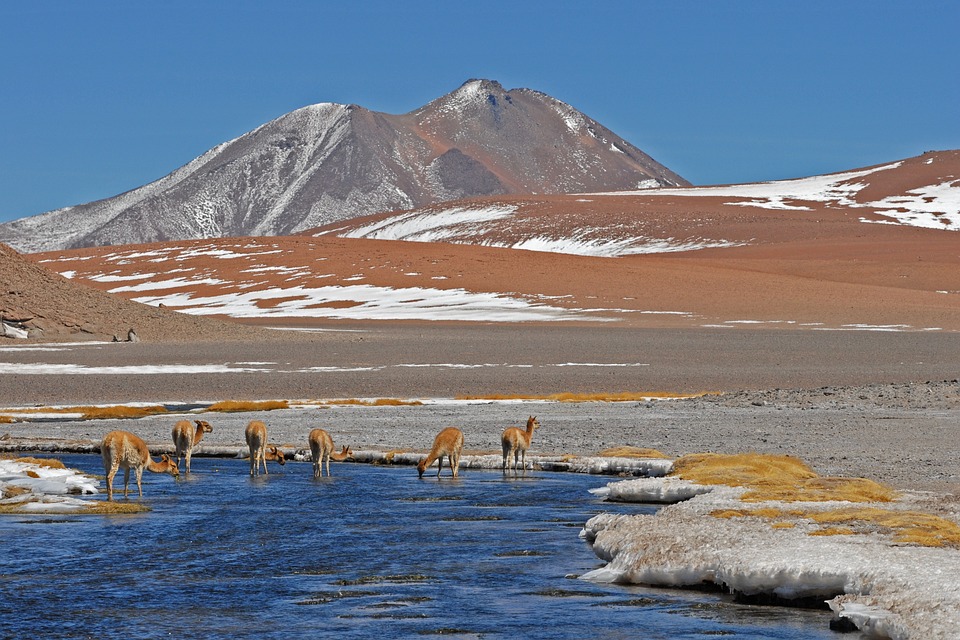Poo-ping the Fossil Record: Scientists Use Coprolites to Study Dinosaur Diets
Imagine being able to uncover the secrets of a dinosaur’s diet, simply by analyzing its poop. Sounds like a joke, right? But for scientists, coprolites – fossilized feces – are a treasure trove of information that can reveal the eating habits of these prehistoric creatures.
Coprolites have been found in fossilized form for over a century, but it wasn’t until the 1990s that scientists began to realize their potential as a window into the past. Since then, the study of coprolites has become a crucial aspect of paleontology, providing insights into the diets, habitats, and behaviors of dinosaurs.
So, how do scientists go about analyzing these ancient droppings? The process begins with excavation. Fossilized coprolites are often found in sedimentary rocks, where they have been preserved for millions of years. Once extracted, the coprolites are carefully cleaned and analyzed using a range of techniques, including:
- Microscopy: Scientists use microscopes to examine the texture, shape, and size of the coprolite’s contents, which can reveal information about the dinosaur’s diet.
- Chemical analysis: Chemical tests are used to identify the presence of specific minerals, such as calcium carbonate, which can indicate the presence of plant material in the coprolite.
- Isotopic analysis: Scientists can analyze the isotopic composition of the coprolite to determine the dinosaur’s diet and habitat.
So, what have scientists learned from their study of coprolites? Here are a few fascinating examples:
- Tyrannosaurus Rex was a meat-eater: Analysis of T-Rex coprolites has revealed the presence of bone fragments, indicating that this fearsome predator was a carnivore.
- Velociraptors were omnivores: Coprolites found in Mongolia have shown the presence of both plant and animal material, suggesting that these feathered theropods were opportunistic eaters.
- Diplodocus was a herbivore: The coprolites of this long-necked sauropod have been found to contain high levels of plant material, indicating that it was a plant-eater.
Image: A reconstruction of a Tyrannosaurus Rex, with a coprolite in the foreground. (Credit: National Geographic)
FAQs:
Q: What is a coprolite?
A: A coprolite is a fossilized feces, often found in sedimentary rocks.
Q: How are coprolites formed?
A: Coprolites are formed when feces are buried quickly, preventing them from decomposing. Over time, the feces are replaced with minerals, preserving their shape and contents.
Q: Are coprolites only found in dinosaur fossils?
A: No, coprolites have been found in fossils of other ancient animals, including mammals, reptiles, and even humans.
Q: Can coprolites be used to study the health of ancient animals?
A: Yes, analysis of coprolites can provide insights into the health and nutrition of ancient animals, as well as their environment and ecosystem.
Q: Are coprolites a reliable source of information?
A: While coprolites can provide valuable insights, they are not always a reliable source of information. Scientists must carefully analyze the coprolite and consider other factors, such as contamination and preservation, to ensure accurate results.
In conclusion, the study of coprolites is a fascinating and important aspect of paleontology, providing scientists with a unique window into the lives of ancient animals. By analyzing these fossilized feces, we can gain a better understanding of the diets, habitats, and behaviors of dinosaurs, and shed new light on the history of life on Earth.



